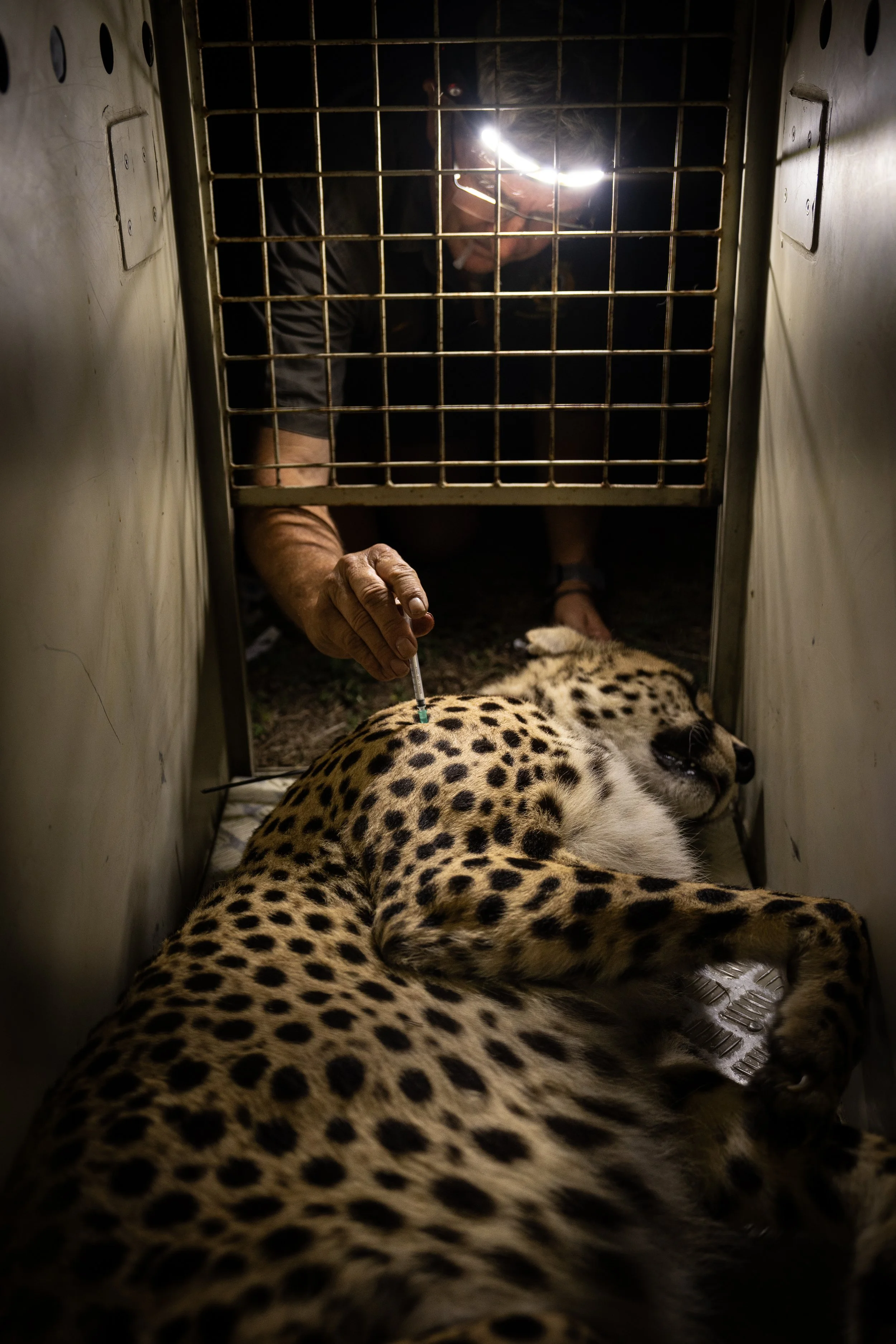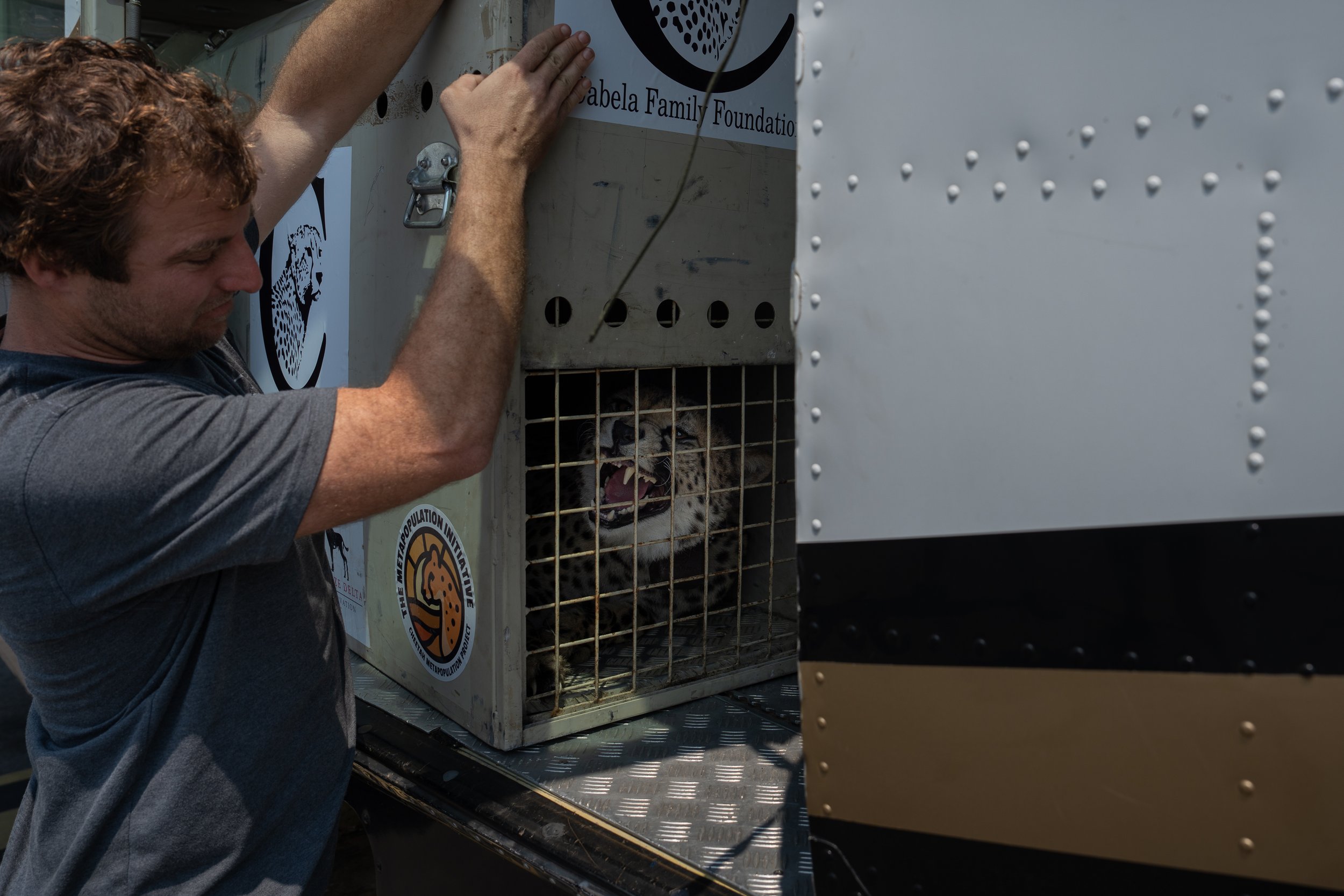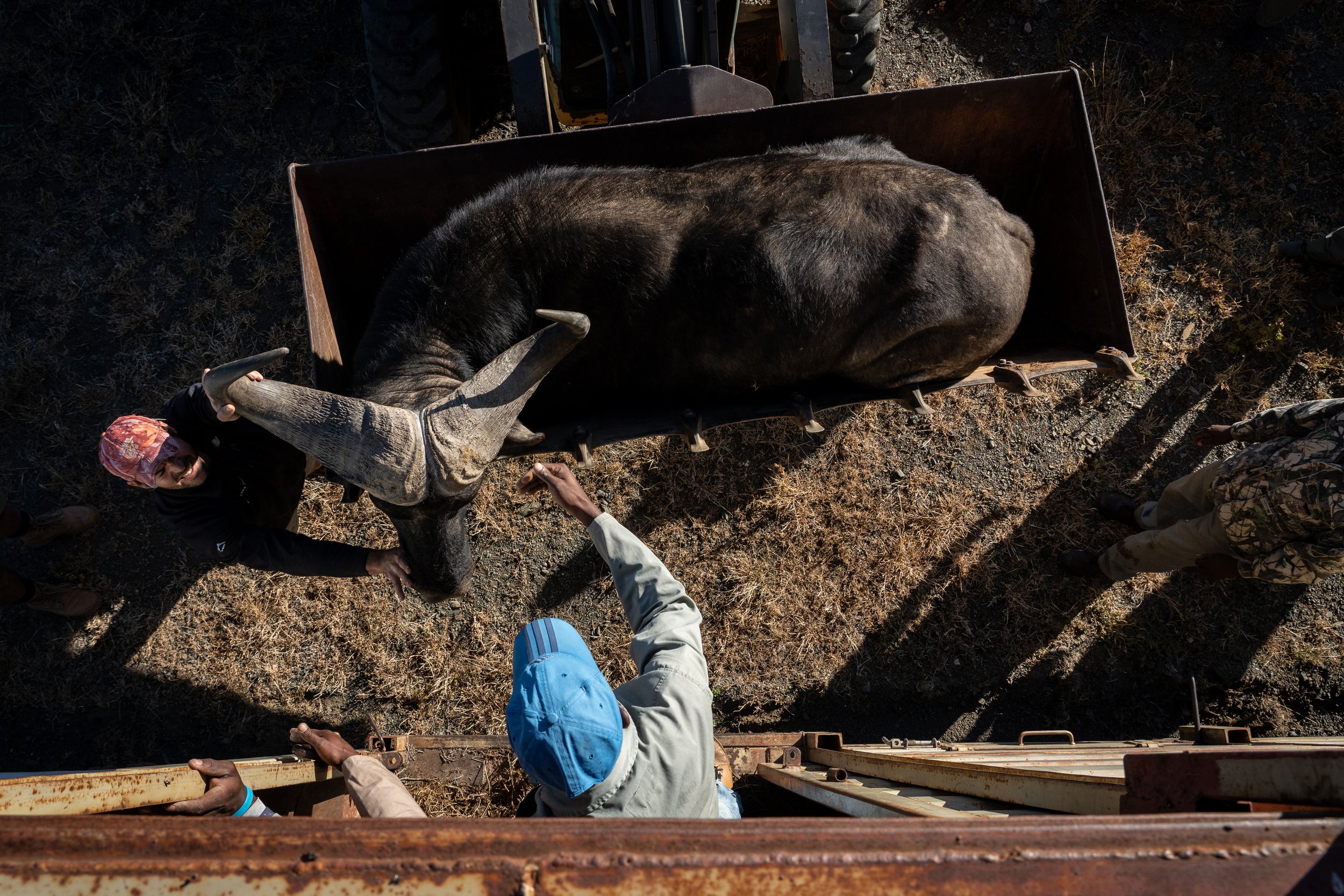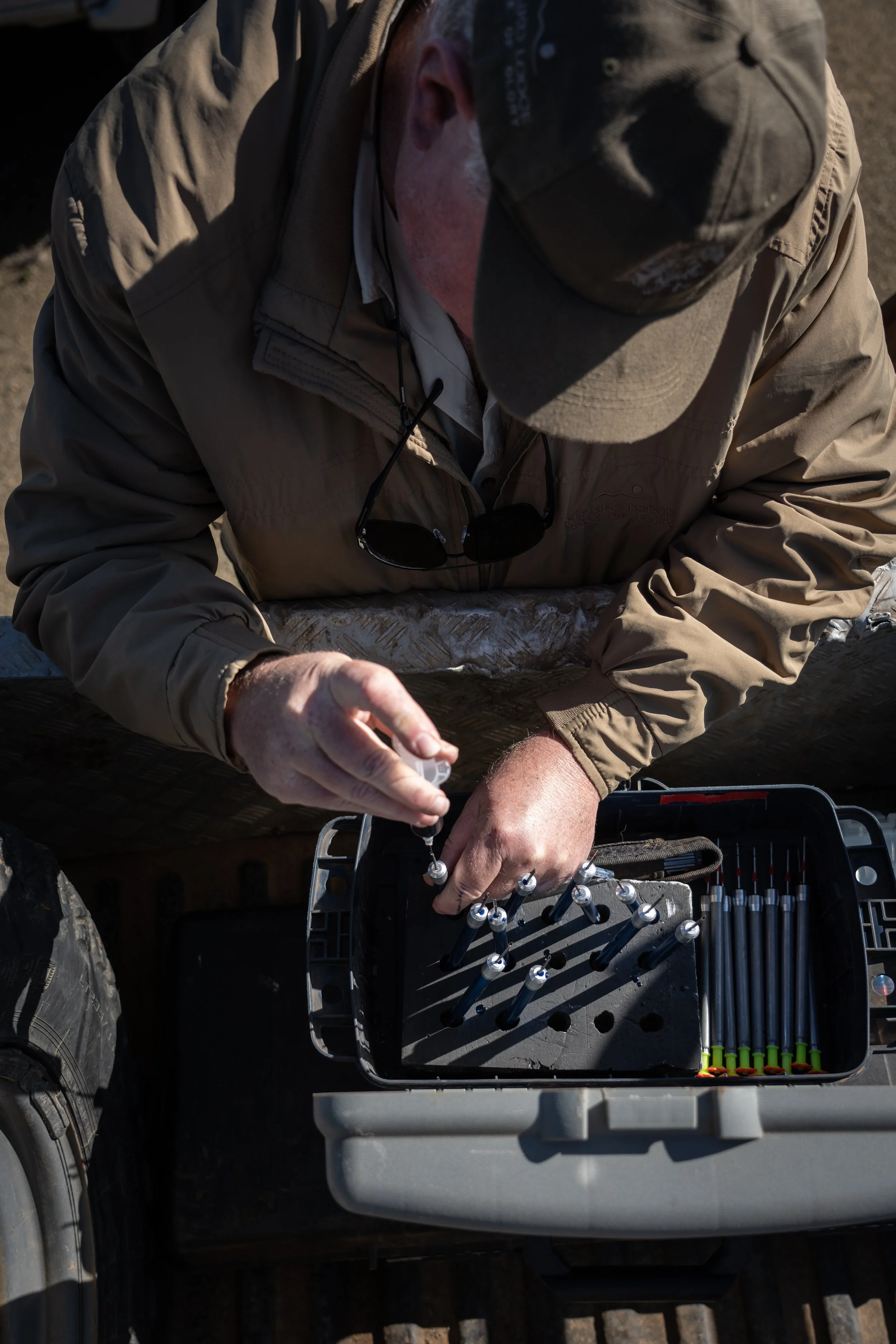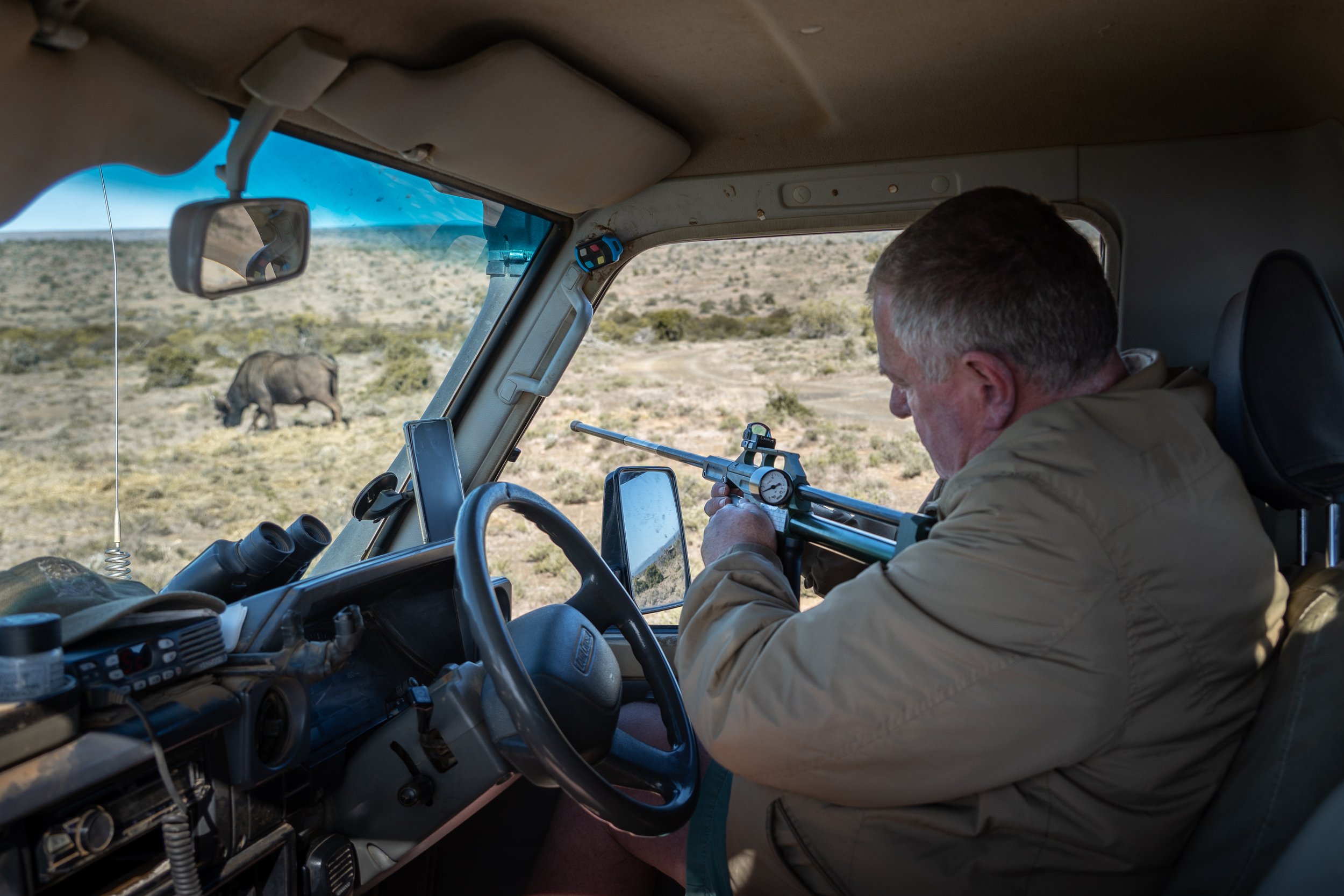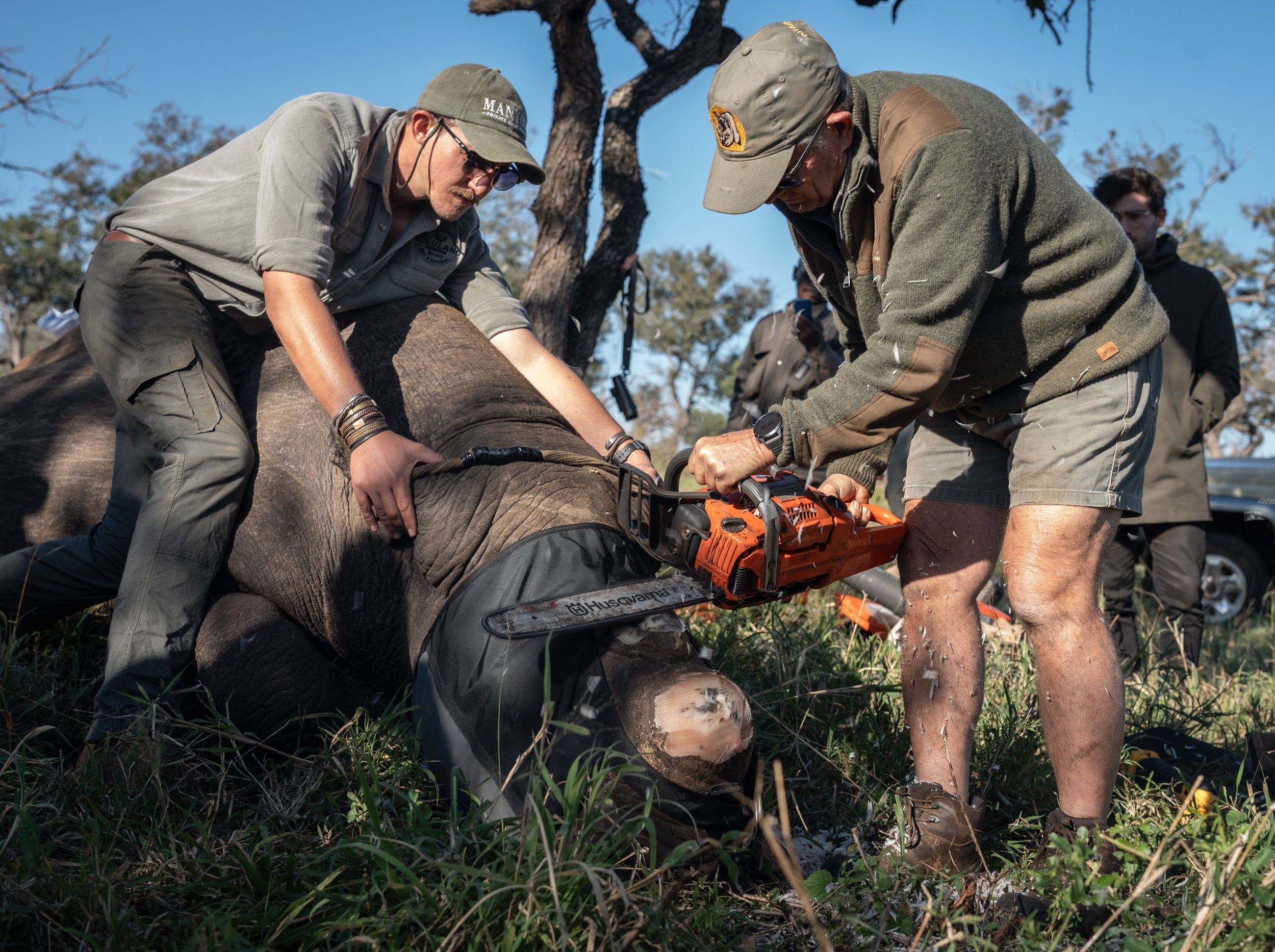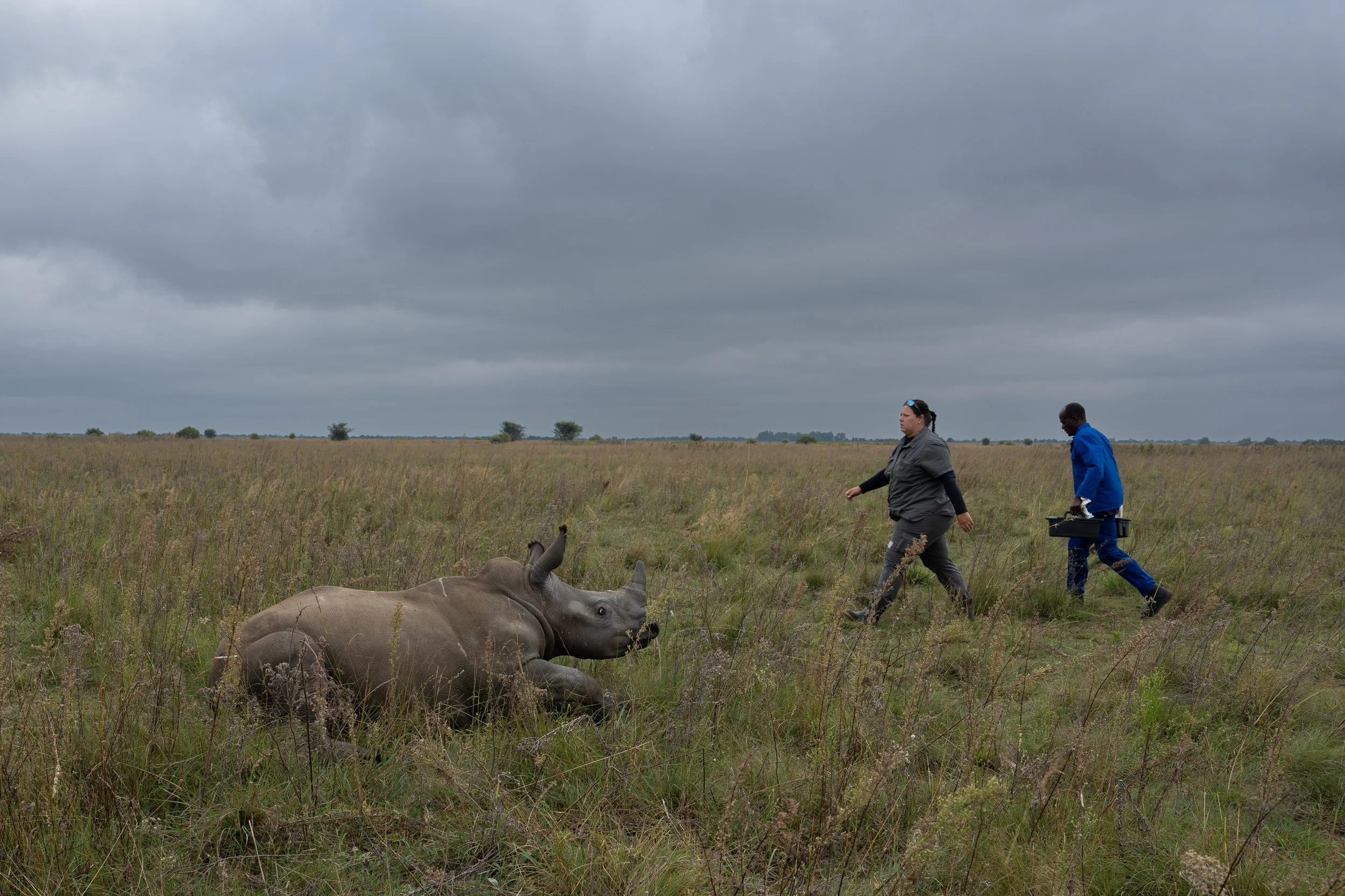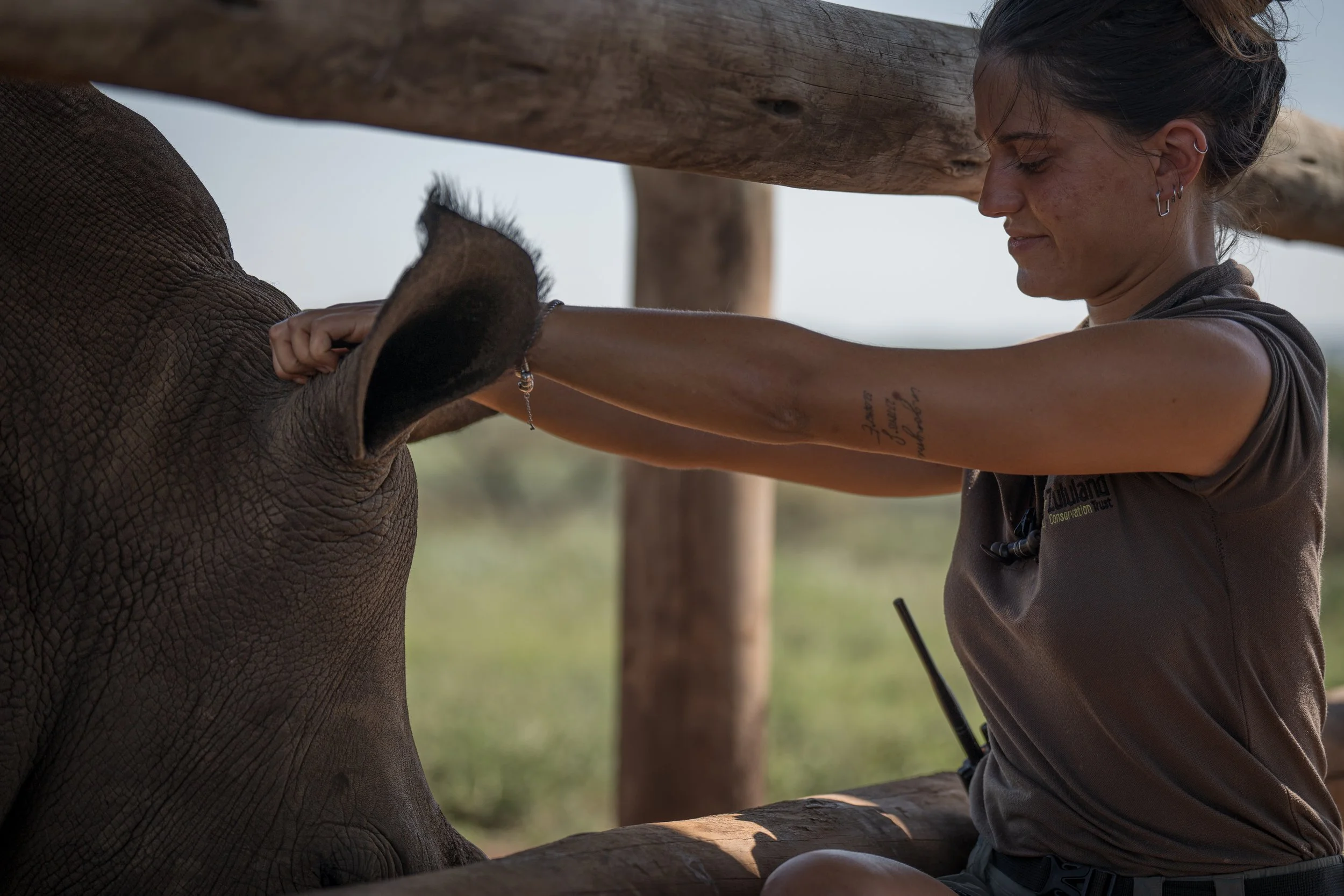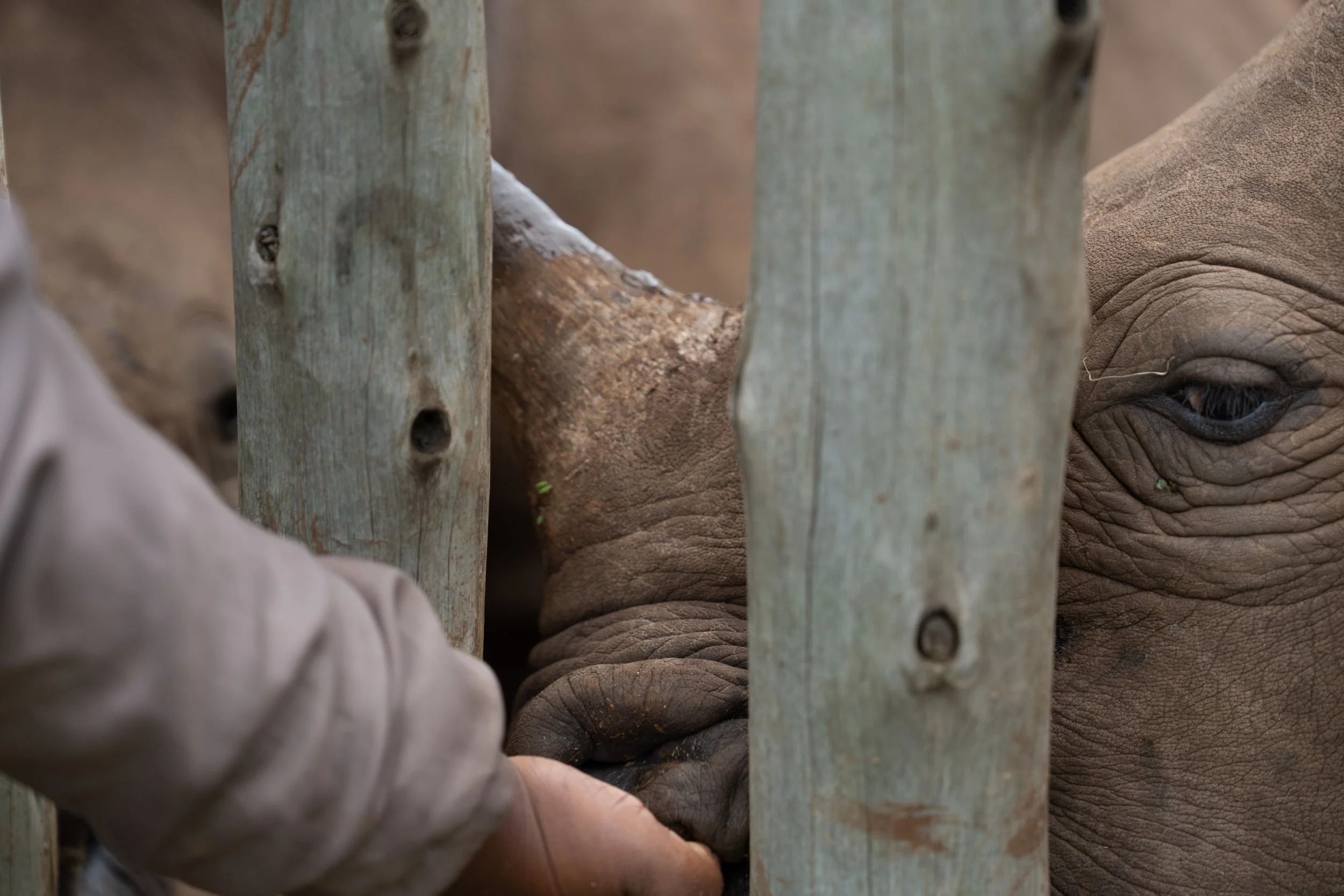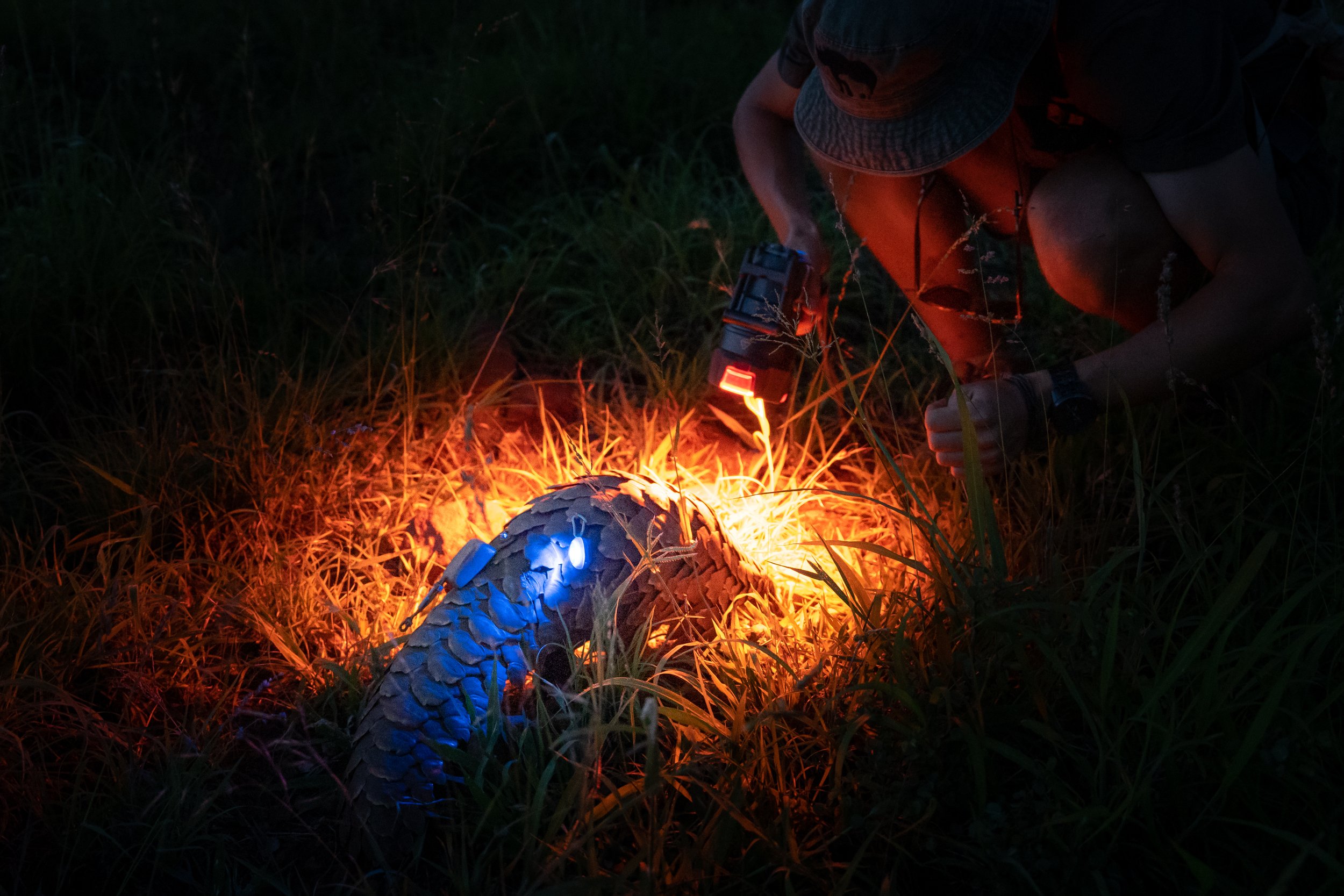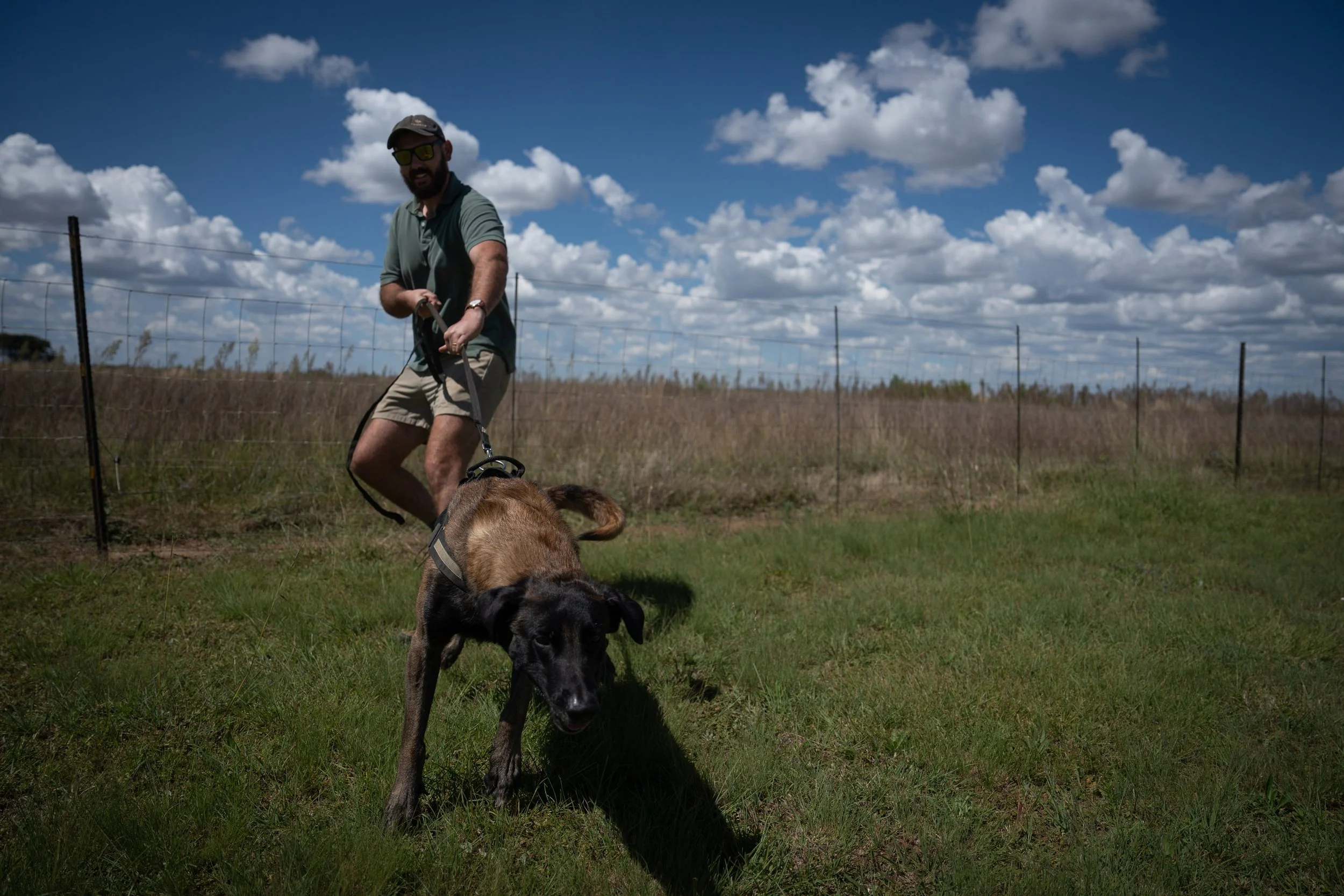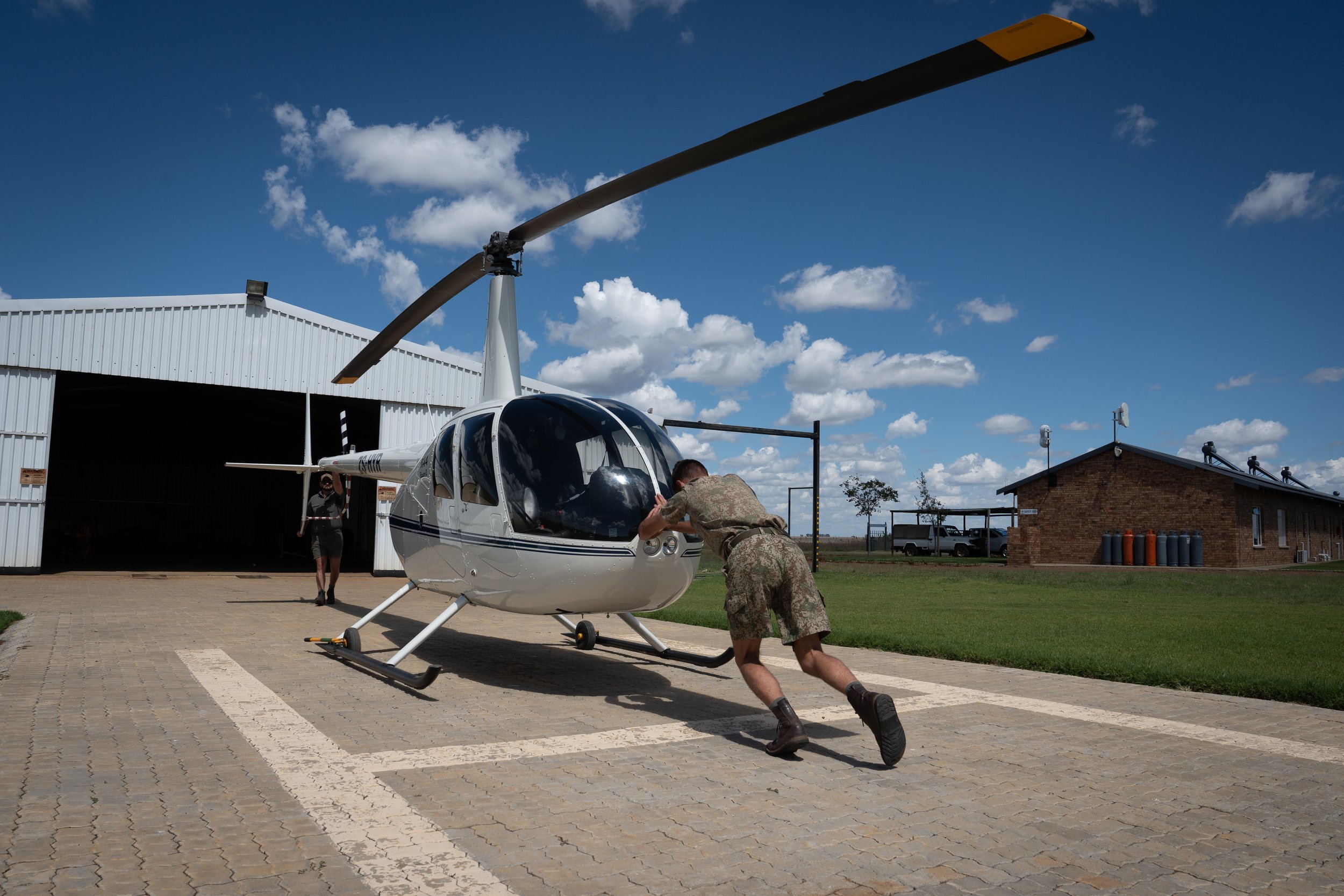The Conservation Game
South Africa is widely held as a conservation success story. There is now more wildlife in the country than at any point in the last 150 years and South Africa now provides wildlife to replenish or reintroduce populations in other parts of the continent where species have been severely reduced. Wildlife is a major tourism draw for the country bringing in international tourists from around the world for photographic safaris and trophy hunting.
South Africa’s conservation model revolves around fences, with humans and wildlife kept separate. Except for a handful of the larger National Parks, few of the areas set aside for wildlife, including a plethora of small fenced private reserves, are large enough to support a fully functioning ecosystem meaning that in seeming contradiction to the view of humans outside nature, nature needs managing.
The result is that in South Africa, wildlife is an industry. From the multitude of game farming operations breeding wildlife to stock private reserves and hunting farms to the wildlife vets giving contraceptives to elephants to keep numbers down. In fact, game farming has been the largest growing agricultural sector in the country for the last 30 years with over 9,000 private operations covering over 20.5 million hectares – around 17% of South Africa’s land. The wildlife sector in South Africa is diverse, with motivations ranging from conservation first to purely for profit
The Conservation Game is a long-term project exploring the lesser seen wildlife industry behind the South Africa’s private game reserves. It is neither a critique nor a celebration. It is a window into the world that sits behind the vision of African wilderness untouched by human hand that is sold in tourism brochures and Instagram posts.


